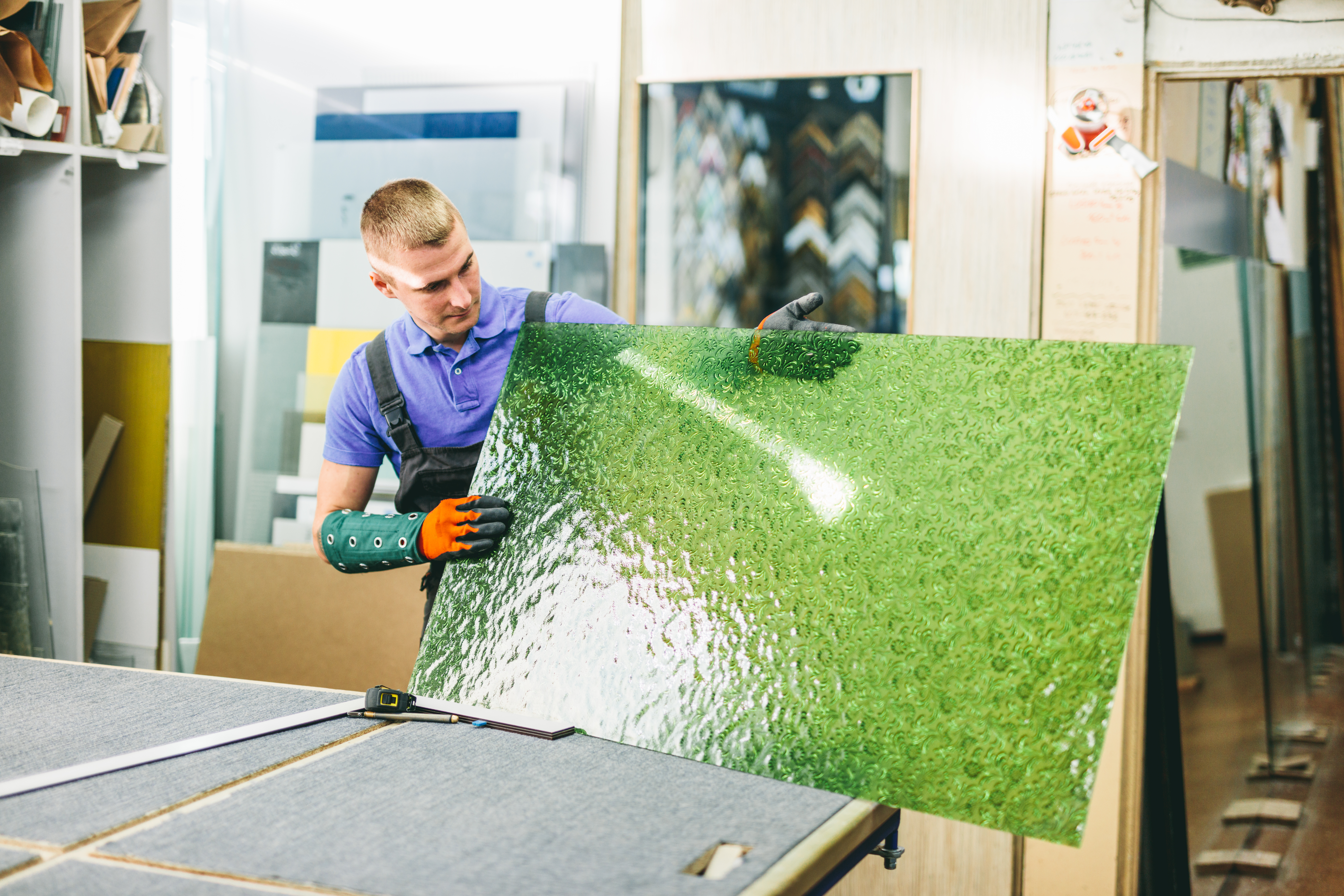An estimated 30,000 babies sustain birth injuries each year in America according to reports from the legal and medical sectors. Those injuries take on different forms with the most common being broken bones, nerve damage, and brain trauma. Many of those injuries have moderate to severe long-term repercussions. Although some injuries that occur before, during, or shortly after birth are congenital or unavoidable, many are the result of medical negligence.
If you suspect your baby’s birth injuries are the result of negligence on the part of doctors, nurses, or other medical professionals, you don’t have to resign yourself to the consequences or forge through the aftermath alone. You can take action to ensure justice for your family. Understanding how the legal process works in birth injury cases can help prepare you for what’s to come. Your first measure should be hiring a lawyer. From there, your attorney will guide you through the process and stand by your side every step of the way.
Reviewing Your Case
When you reach out to an attorney, he or she will begin by reviewing your case. Your attorney will ask you questions about yourself, your pregnancy, where your baby was born, who your OB/GYN and other attending physicians were, and additional relevant factors. The answers to those questions will help your lawyer determine whether negligence could have been the cause of your baby’s injuries.
For example, if your baby suffers from cerebral palsy, the attorney will need to establish whether the condition is congenital or acquired. If it’s likely that the condition is congenital, you probably won’t have a case. On the other hand, if it’s determined that negligence may have have been a factor, your attorney will proceed from there.
Gathering Evidence
If medical negligence could have been responsible for your baby’s injuries, your attorney will need to take measures to prove your claim and strengthen your case. That involves gathering as much evidence as possible. Your attorney may acquire copies of medical records from your pregnancy and your baby’s birth. Your baby’s medical records will serve as crucial evidence as well. Your lawyer may also look into your doctor’s history and that of the hospital where your baby was born among other aspects.
Expert witnesses will most likely be vital to your case as well. Depending on the unique circumstances surrounding your case, those may include OB/GYNs, neonatal nurses, and pediatricians along with other unbiased professionals. Gathering as much evidence as possible and speaking with expert witnesses will help to support your claims and prove who is at fault for your baby’s injuries. Those measures will also aid in determining how much compensation you may be entitled to.
Exchanging Information
After gathering evidence, your attorney will file a lawsuit against those believed to be responsible for your baby’s injuries. Following that, both sides will exchange information. That’s called the discovery phase. It allows the attorneys for the defendants to learn what types of evidence you have against their clients. It also allows your attorney to find out what evidence the defendants’ legal team may have to weaken or disprove your case.
Mediation and Trial
Beyond the discovery phase, your case may proceed to mediation or trial. Many cases can be settled through mediation, but if yours can’t, you’ll need to take it to court. Trials can take anywhere from a couple of weeks to several months, and mediation and negotiations may be held at any point during that time.
Seeking Justice for Birth Injuries
Medical negligence often plays a role in birth injuries. To prove who was responsible for your baby’s injuries and how much compensation your family is entitled to, you’ll need help from an attorney. Having legal representation will be the key to strengthening your case and ultimately ensuring your child has the best possible future.












Leave a Reply